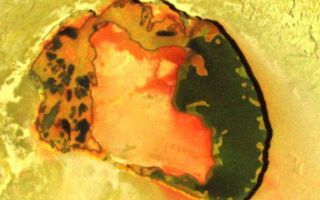
PIA02599: Colorful Tupan Patera, Io
|
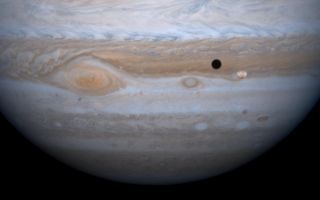
PIA02860: Io in Front of Jupiter
|
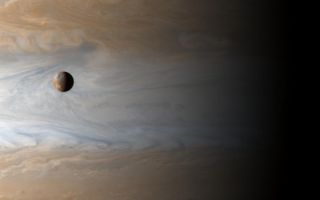
PIA02879: A New Year for Jupiter and Io
|

PIA03527: Detailed View of Mountain and Craters at Tohil, Io
|
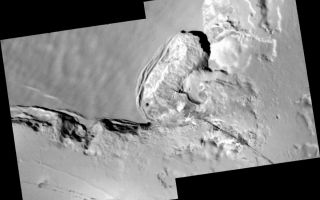
PIA03528: Collapsing Cliff at Telegonus Mensa, Io
|
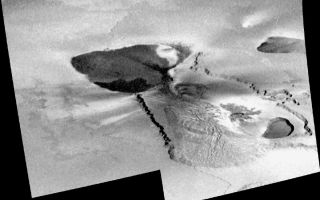
PIA03529: Galileo's Last View of Tvashtar, Io
|
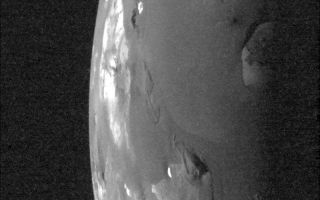
PIA03530: Galileo's Best View of Loki Volcano on Io
|
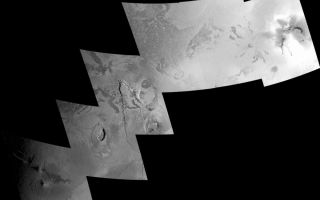
PIA03531: New plume vent near Zamama, Io
|
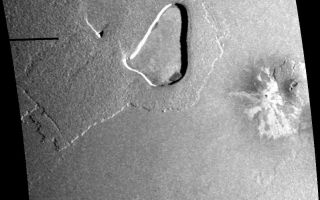
PIA03532: Volcanic Depression and Shield Volcano, Io
|

PIA03533: Amirani Lava Flow on Io
|
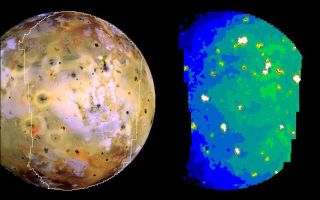
PIA03534: Io in Infrared with Giant Plume's New Hot Spot
|

PIA03535: Io in Infrared, Night and Day
|
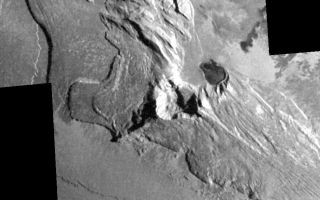
PIA03600: Tall Mountain, Tohil Mons, on Io
|
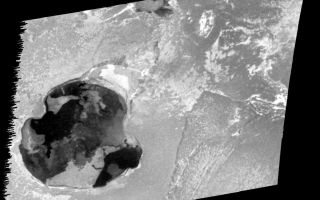
PIA03884: Recent Eruption at Gish Bar Patera on Io
|
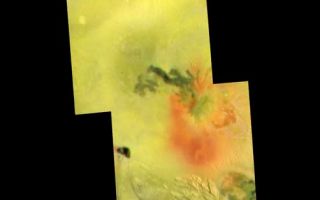
PIA03885-fig1.jpg
|
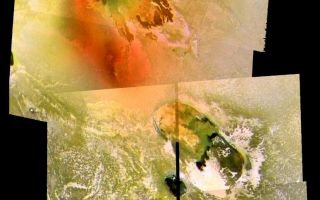
PIA03885: Io's Culann-Tohil Region in Color
|
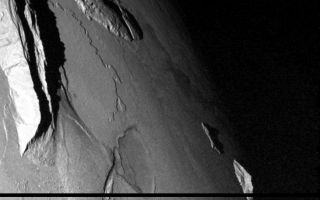
PIA03886: Mountains on Io at Sunset
|
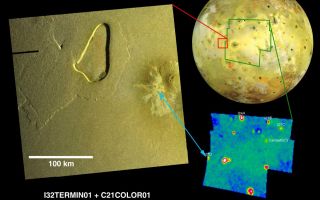
PIA03887: Potential Source of Sulfur Flow on Io
|
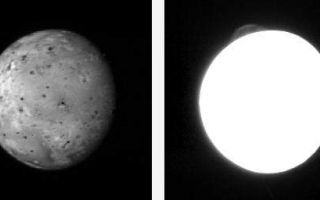
PIA09244: An Eruption on Io
|
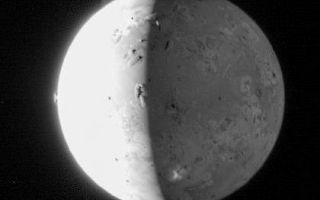
PIA09248: Tvashtar's Plume
|
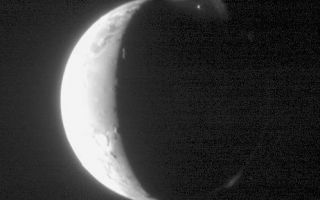
PIA09250: A Brilliant Plume
|
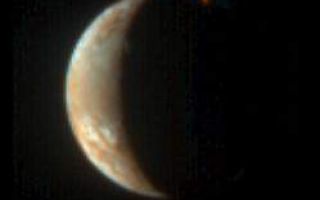
PIA09254: A Burst of Color
|
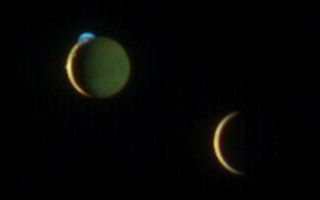
PIA09256: Two Moons Meet over Jupiter
|
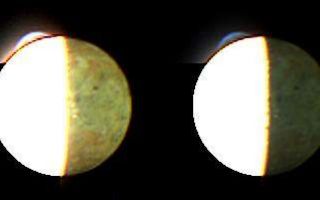
PIA09264: The Colors of the Night
|
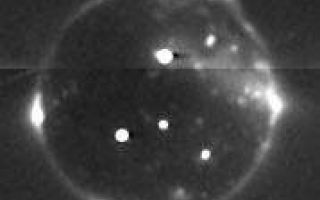
PIA09354: Io in Eclipse 2
|
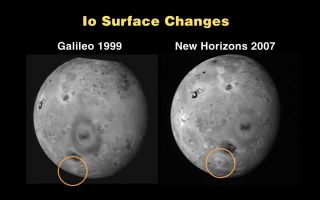
PIA09355: Io Surface Changes
|
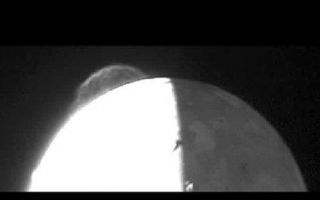
PIA09357: Tvashtar Movie
|
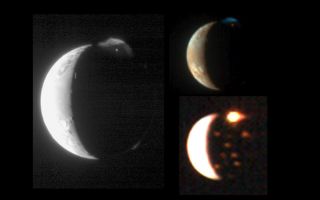
PIA09358: Io Through Different 'Eyes'
|
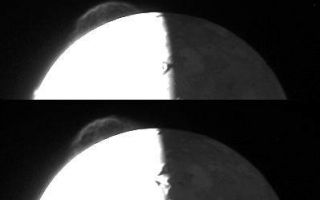
PIA09359: Tvashtar Composite
|
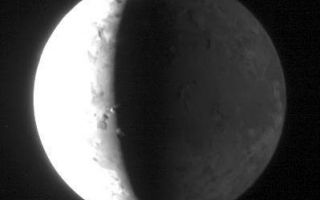
PIA09360: A "Plumefall" on Io
|